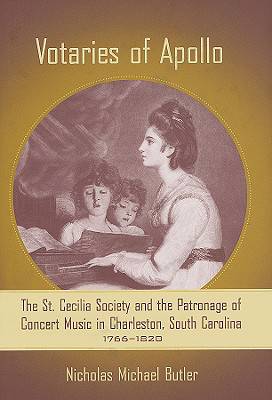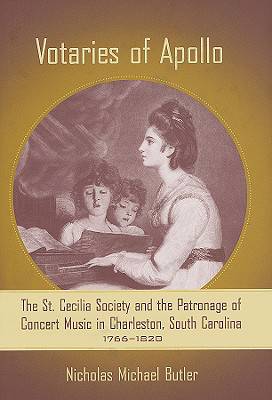
- Afhalen na 1 uur in een winkel met voorraad
- Gratis thuislevering in België vanaf € 30
- Ruim aanbod met 7 miljoen producten
- Afhalen na 1 uur in een winkel met voorraad
- Gratis thuislevering in België vanaf € 30
- Ruim aanbod met 7 miljoen producten
Zoeken
Votaries of Apollo
The St. Cecilia Society and the Patronage of Concert Music in Charleston, South Carolina, 1766-1820
Nicholas Michael Butler
€ 65,95
+ 131 punten
Omschrijving
A comprehensive account of the musical culture of Charleston's golden age. Blending archival research with musical expertise, this work offers a history of the dynamic and vibrant concert life in Charleston from 1766 to 1820, when the exclusive St Cecilia Society functioned as North America's premier musical organization.
Specificaties
Betrokkenen
- Auteur(s):
- Uitgeverij:
Inhoud
- Aantal bladzijden:
- 384
- Reeks:
Eigenschappen
- Productcode (EAN):
- 9781570037054
- Verschijningsdatum:
- 1/11/2007
- Uitvoering:
- Hardcover

Alleen bij Standaard Boekhandel
+ 131 punten op je klantenkaart van Standaard Boekhandel
Beoordelingen
We publiceren alleen reviews die voldoen aan de voorwaarden voor reviews. Bekijk onze voorwaarden voor reviews.








